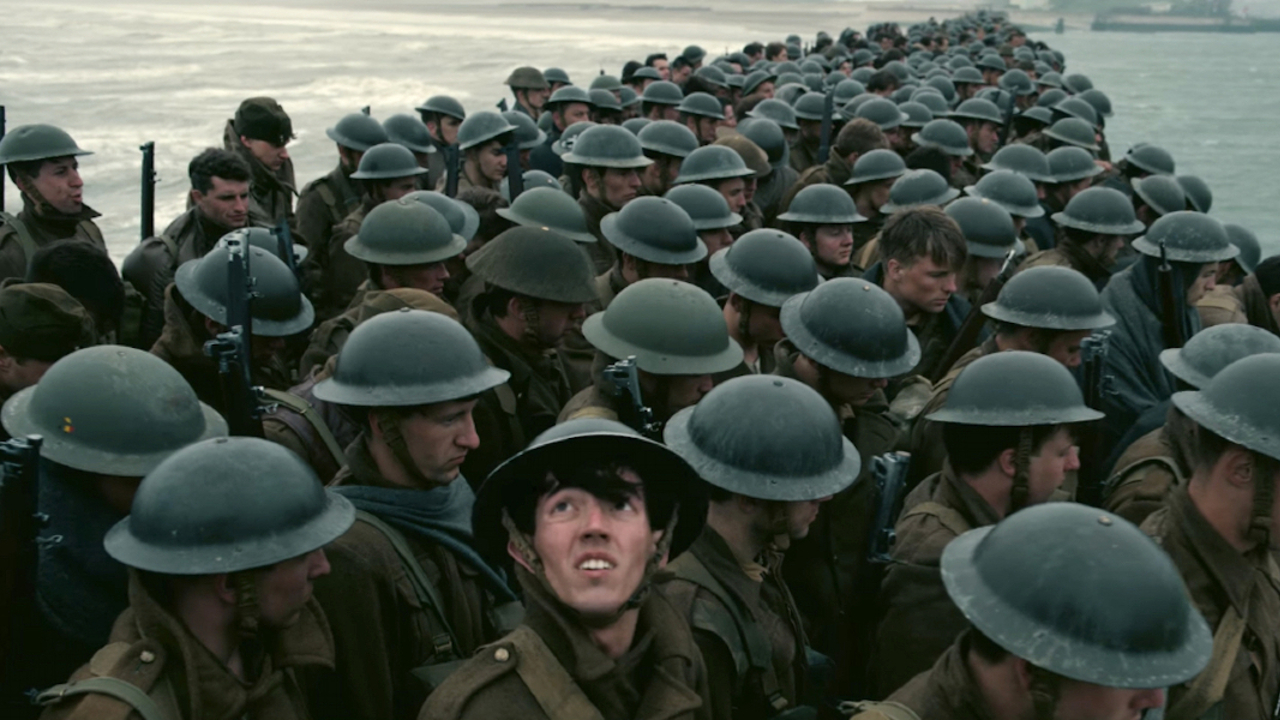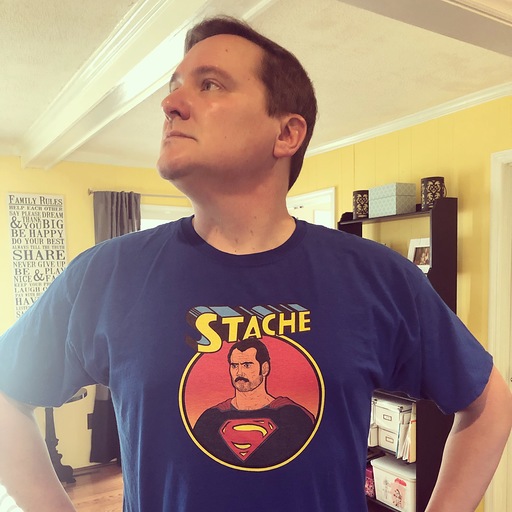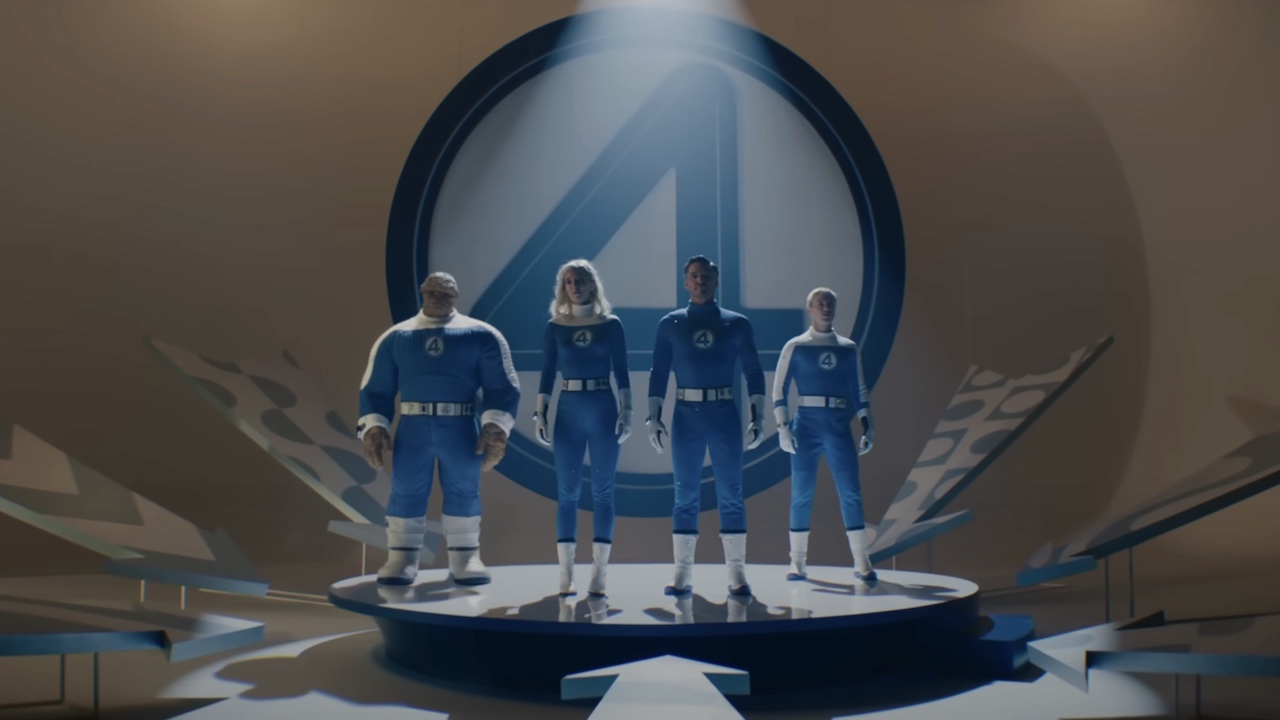Christopher Nolan Has Strong Opinions About People Watching His Movies On Television, Phones, And Airplanes
He brings up a great point.
It’s a running joke that we have on the ReelBlend podcast, the official podcast of CinemaBlend. Because we know that Christopher Nolan takes such pride in the way that his feature films are presented, we will chuckle if we ever see someone watching one of Nolan’s best movies – from Batman Begins and The Prestige to Inception – on a phone or airplane screen and exclaim, “Ah yes, exactly as Nolan intended.” If it were up to Nolan, every audience member would enjoy his movies – including the upcoming Oppenheimer – on an IMAX screen, with Dolby sound. But that’s not possible, and as the director recently told ReelBlend, he’s OK with that.
We tend to hold Christopher Nolan on a pedestal when it comes to the topic of theatrical exhibition. He’s one of the last few directors who still fight to shoot on film, and he ticked Tom Cruise off recently by gobbling up all the IMAX screens, preventing Mission: Impossible - Dead Reckoning, Part One from staying on that premium format for too long. But when we sat down with Nolan to talk Oppenheimer and his thoughts about cinema, we asked how he really feels when he sees someone watching one of his former movies on a tiny screen. And Nolan set the record straight when he told us:
The truth is, I'm a child of the home video age. I grew up with VHS, and the birth of VHS, and watching films at home. And I discovered some of my favorite films… like Blade Runner, I first watched a grainy pirate VHS tape. There was a terrific article that M. Night Shyamalan wrote some years ago in one of the trades where he was talking about the theatrical experience, and how it filters down to every version of the film that people see. So yes, the economics of the movie business – my entire life, and before I was born – have been that more people, numerically, may wind up seeing your film on television. And these days, you know, right down to phones and things like that. But the equation doesn't change, which is, you shoot the film in the best way possible. You present it in the absolute best way possible. And that experience trickles down to these other formats.
Nolan’s correct in this assessment. There’s a reason why the 4K transfer of a Christoper Nolan film such as Dunkirk or The Dark Knight will look and sound superior when you play it at home. It’s because in the filming stages of the production, he packed as much material as possible into his celluloid medium, so that even when you watch the film outside of a movie theater, it maintains some of the precision Nolan sought to attain.

Nolan went on to explain:
For audiences who didn't get to experience it in the theater, they're still aware when they watch that film on whatever format, they have a different expectation of that than they would of a TV commercial or a television program. The audience is very sophisticated in that regard. And the weight of the initial presentation carries with the film through its entire life, in whatever format. And the thing with IMAX film in particular is because it is the highest resolution, (the) highest quality imaging format ever devised, when you take a shot on IMAX film, you've captured information that can then translate into every possible format right down to somebody watching on their watch.
Does that mean that you should wait to watch Oppenheimer on your Apple Watch? By no means, no. The first reactions to Oppenheimer have made it abundantly clear that this should be seen on the biggest screen possible, even if that means double-featuring it with Greta Gerwig’s Barbie, which opens on the same day.
Your Daily Blend of Entertainment News

Sean O’Connell is a journalist and CinemaBlend’s Managing Editor. Having been with the site since 2011, Sean interviewed myriad directors, actors and producers, and created ReelBlend, which he proudly cohosts with Jake Hamilton and Kevin McCarthy. And he's the author of RELEASE THE SNYDER CUT, the Spider-Man history book WITH GREAT POWER, and an upcoming book about Bruce Willis.
